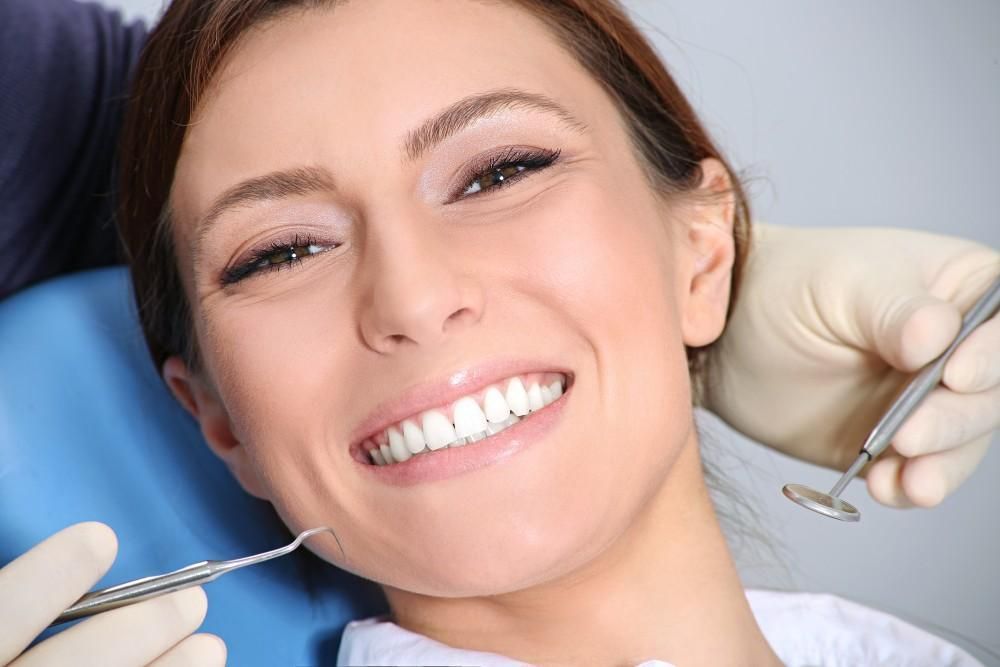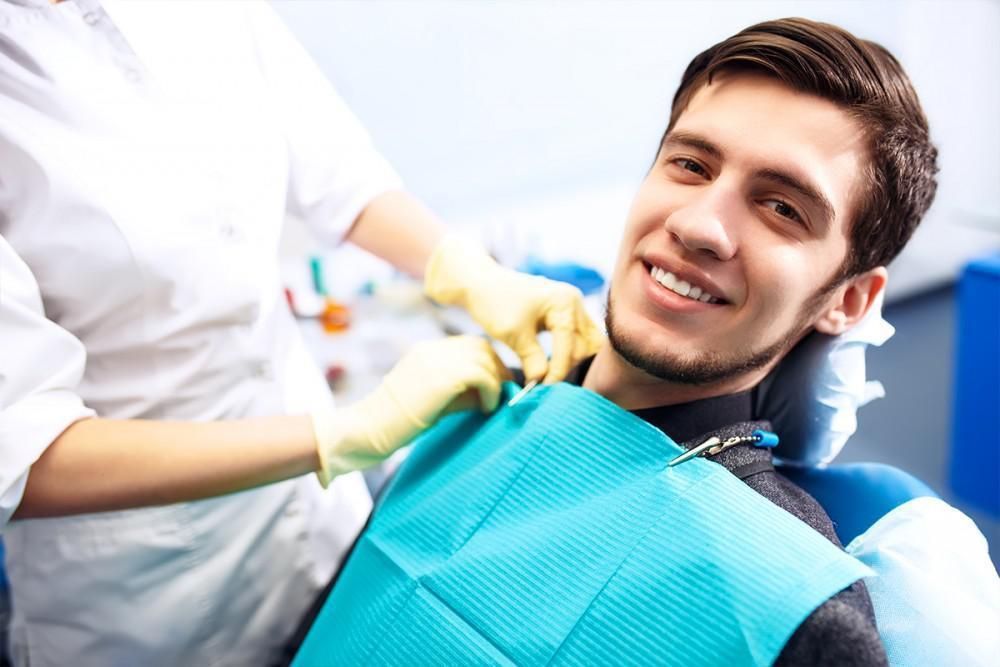The Benefits of Getting a Digital Impression of Your Teeth

Tooth loss is a big problem in the United States, with 120 million people missing at least one tooth, and 36 million people not having any teeth at all. People lose teeth for a number of reasons including dental caries (tooth decay), injuries, and oral cancer. And many need some sort of dental appliance just to chew and speak properly.
Whether you need dentures, bridges, implants, or some other dental prosthetic to manage missing teeth, one step you need to take is getting a dental impression. A dental impression allows a full 3D picture of your teeth to aid your dentist in making decisions on how dental appliances are placed, and traditional methods can be a bit messy and mildly uncomfortable.
Residents of Cos Cob, Connecticut, in need of dental impressions can find help from Dr. Sean Sutton and Dr. Mark Sutton and the experienced medical team at Greenwich Dentistry.
To fully understand the benefits of digital impressions, let’s look at how traditional dental impressions work, how a digital impression is different, and how the digital version provides more benefits.
How do you get a traditional dental impression?
With traditional impressions, a dental putty is placed into plastic or metal trays. These trays are placed over your teeth and left there until the putty hardens (often taking a few minutes). These impressions are then sent off to a lab where a cast is made from the impressions.
There are three different types of impressions made: preliminary, final, and bite. The first is a diagnostic impression used to start the process of making bridges, dentures, or other appliances. The final impressions are the ones sent off to the lab for fabrication of usable appliances, and the bite impression is used to demonstrate how your upper and lower teeth fit together.
How is a digital impression different?
With a digital impression, the dental putty is replaced altogether, using instead a digital wand that passes over your teeth. The wand is part of a digital scanner that gathers information to compile a full image of your dental architecture. The whole process only takes a few minutes.
How do digital impressions benefit your teeth?
Here are the advantages of digital impressions:
An accurate replica of your mouth
Digital impressions record data of exactly what is in your mouth, providing as accurate a representation as possible for the fabrication of dentures, bridges, and crowns.
Removes the risks of gagging
Gagging is a common complaint with traditional impressions, and if you’re someone who has a severe gag reflex, that can put you off the process entirely. The wand used for digital impressions simply passes over your teeth for a short time without causing any undue unpleasantness.
No chance of teeth getting pulled out
Occasionally (but rarely), people with severe trauma or loose teeth run the risk of losing a tooth when a traditional impression is removed from their mouth. This can create problems that require a second impression to be made. Digital impressions don’t entail these specific risks as there is nothing to add pressure to sensitive teeth.
No unpleasant taste
Without dental putty, you don’t have to be concerned about the unpleasant taste that comes with waiting for it to set. The digital wand merely passes over your teeth to capture images.
Although still a newer process, digital impressions have quickly become more common, and the advantages over traditional methods are already clear. So, if you need dental work that requires a dental impression, make an appointment with Greenwich Dentistry today to enjoy the advantages of digital impressions.

















